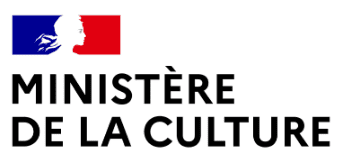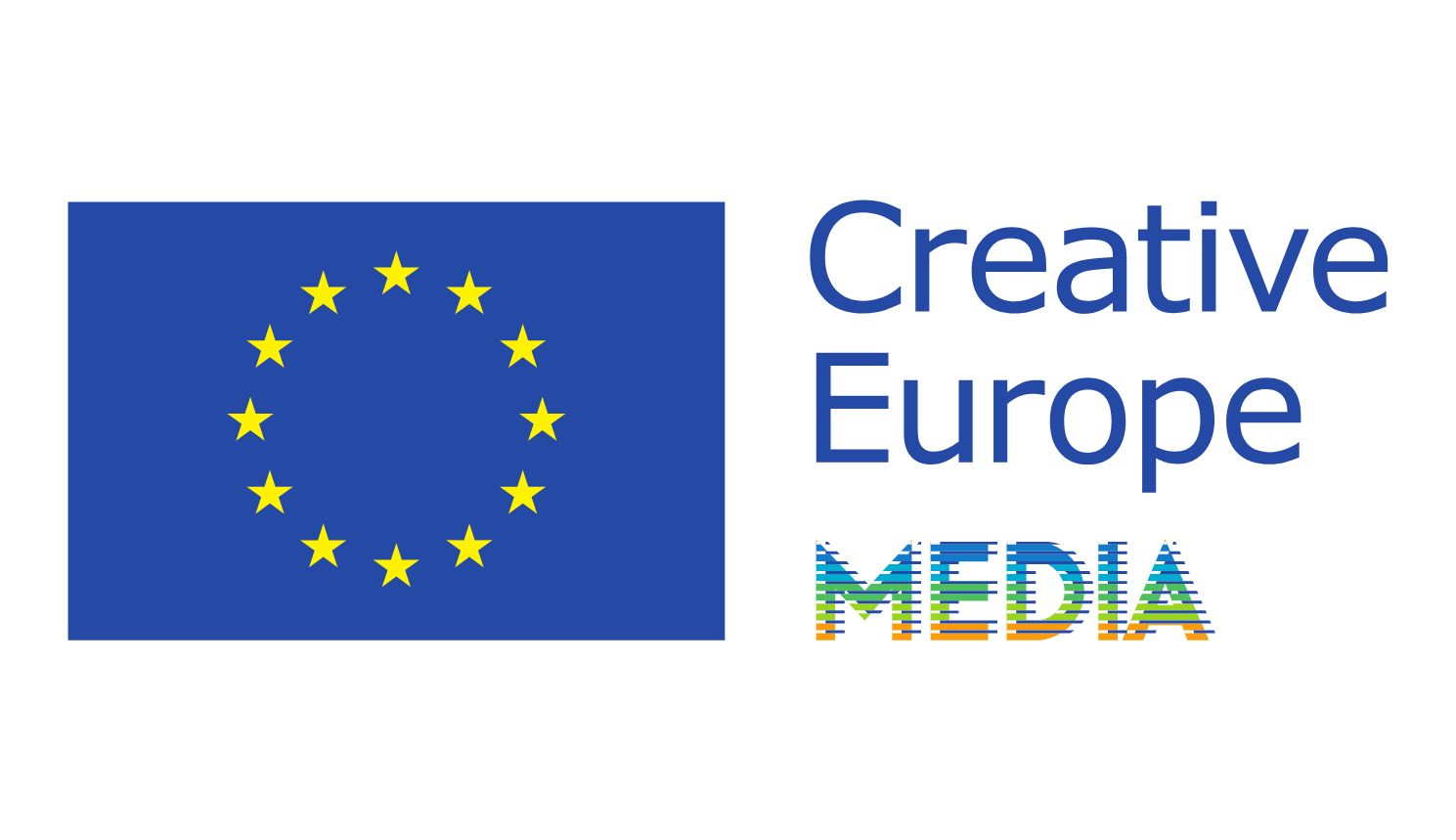With VITANUOVA, you come back to animation. What interest you in animation in stop motion?
There is no real difference between animation and filming at more naturalistic frame rates for me. The expressive opportunity to use different methods of filming frames per second is fascinating to me and an important tool for creating films. When you film in stop motion, you intervene between each frame, when you shoot at 24 frames a second you decide not to intervene, this is all. But they are all aesthetic decisions. In general, I approach most of the films I make in this way. I really like stop motion in particular because it opens a lot of opportunities in the production, to film with objects and with things that are not alive. There are more options for me in that sense. It is a way of filming with very low resources and to make the best of the materials that I have at hand. And stop motion is a really effective way to film with a very small group of people, even alone sometimes, and with a small amount of resources.
Before beginning the shooting, had you a script? How did you conceive the main character? The puppet?
No, didn’t have a script. The film was commissioned by FICUNAM, a festival in Mexico. They gave a certain amount of time to make it and a certain amount of resources. And this game was very fun. I created a very simple structure to work from, a kind of fable, almost like a children’s story. Basically, I created a very simple framework from which I could work and create more and more complexity. Like creating the rules of a game. I imagined the film to be a kind of object, a message in a bottle from the future, from some kind of consciousness that we are not sure if it is human or machine or alien, but something that has a message for us, for humanity. This was the basic framework. I imagined that this consciousness would try to speak to us as if it were speaking to a child, it would try to communicate in a way that it thought we could understand. And so imagined that there was this puppet figure that would receive the message from this super intelligence. And that the message would be a message of love and hope. The film was born from this simple premise and as I worked it took form.
You mix some traditional techniques (the clay) and 16mm with modern digital tools. You interest in this combination?
Yes there is mix of clay, 16mm, algorithms, digital filming, stop motion, and a homemade hologram that we made with plexiglas and a screen. I am interested in mixing very eclectic elements, it is very fun for me to play with different materials in different combination that I don’t know what the result will be. Especially things that don’t seem naturally to go together. I guess it is a natural curiosity to see how the things work and how they will look in the end. I am working in a workshop with a group of students, there is a spirit of adventure, of risk, of not knowing what is going to happen that is exciting, it sparks a curiosity that is contagious, and we spend our time playing around with these different things, and we don’t know what’s going work and what won’t. It is challenging and fun, a lot of the things don’t work out and we have to discard a lot of material, but over time, after playing with all these different materials and techniques a path opens up and the film begins to take shape in an organic and volatile manner.
The story, quite dystopian, has the false simplicity of a fable. Is it an important dimension for you?
Yes, it is a very simple fable, in that sense as I mentioned earlier I imagine that it was a kind of form of consciousness that we don’t understand, beyond our own understanding, possibly a consciousness that has the capability of perceiving other dimensions, things that we have no possibility of understanding. And this consciousness is trying to speak in what it feels like a language that we might be able to understand, that’s why it is almost as if it is speaking to a child, not speaking down to us but it is trying to be understood. It’s making an effort to communicate with us. Therefore, it takes as a model a simple narrative structure it might have studied from our myths and stories and that narrative structure is very basic. It is a short story that has a beginning and an end, and is basically full of questions. I have become increasingly interested in a very fine line between something that seems naive and oversimplistic and not conscious of itself, and something that has a level of human feeling and depth, an experience, and emotional profundity. But it is not one or the other. It is somehow both at the same time.
In Vitanuova, the sounds, the colors, all together, immerse us in world of sensations. An important dimension for you?
Yes, I think that the sensorial aspects in films are equally important as the narrative or the content of the film and also the visual language, the sound design, etc.. I think that the rhythmic, visual and sensorial aspects are very, very important. In fact they might be even more important if it is combined in the right way. I think there are so many opportunities to play with these different elements, for instance the narrative can move in one particular direction while the sensorial aspects can go far beyond simply complementing the narrative and characters, but can lead into other areas,
working under the surface and more unconsciously on us. And I tend to imagine films as pieces of music, specifically short films, and music has a very emotional and sensorial aspect, specially the sounds that literally inhabit a physical dimension where we are actually touched by the waves of sound. We can actually feel the sounds from a film in our bodies, we can feel the vibration in our chests or in our hands, in our blood.
Vitanuova seems to refer to Dante’s text. Could you tell us more about this title?
Vitanuova was Dante’s first work, he published when he was a young man. It is a compilation of love poems. But it is a very strange book and a very strange idea for a first book because he basically created a compilation of his earlier love poems to Beatrice, a woman that he loved, someone we are not even sure if she really existed or was a figment of his imagination. He dedicated a lot of poems to her and instead of publishing a book of those poems, he published a book of commentaries of his own poems, from the past, that he had written. That is very bizarre. So that work has a lot to do with memory in fact. The first quote that opens the book, I forget exactly
what it is, because I don’t have a good memory for these things, but he says something like “In my little book of memory, I open up the first pages and find this…” and the book starts. Incipit Vitanuova, it says, which is the beginning of a new life. This short film has nothing to do with that
book actually. However that book made a strong impression on me a long time ago. The way Dante connected love with spiritual transformation and with a new life, with hope. I think that Dante’. I think that there is no greater reason to make a work of art. To dedicate your work to love and its power of creating new life.
Interviewed by Nicolas Feodoroff







